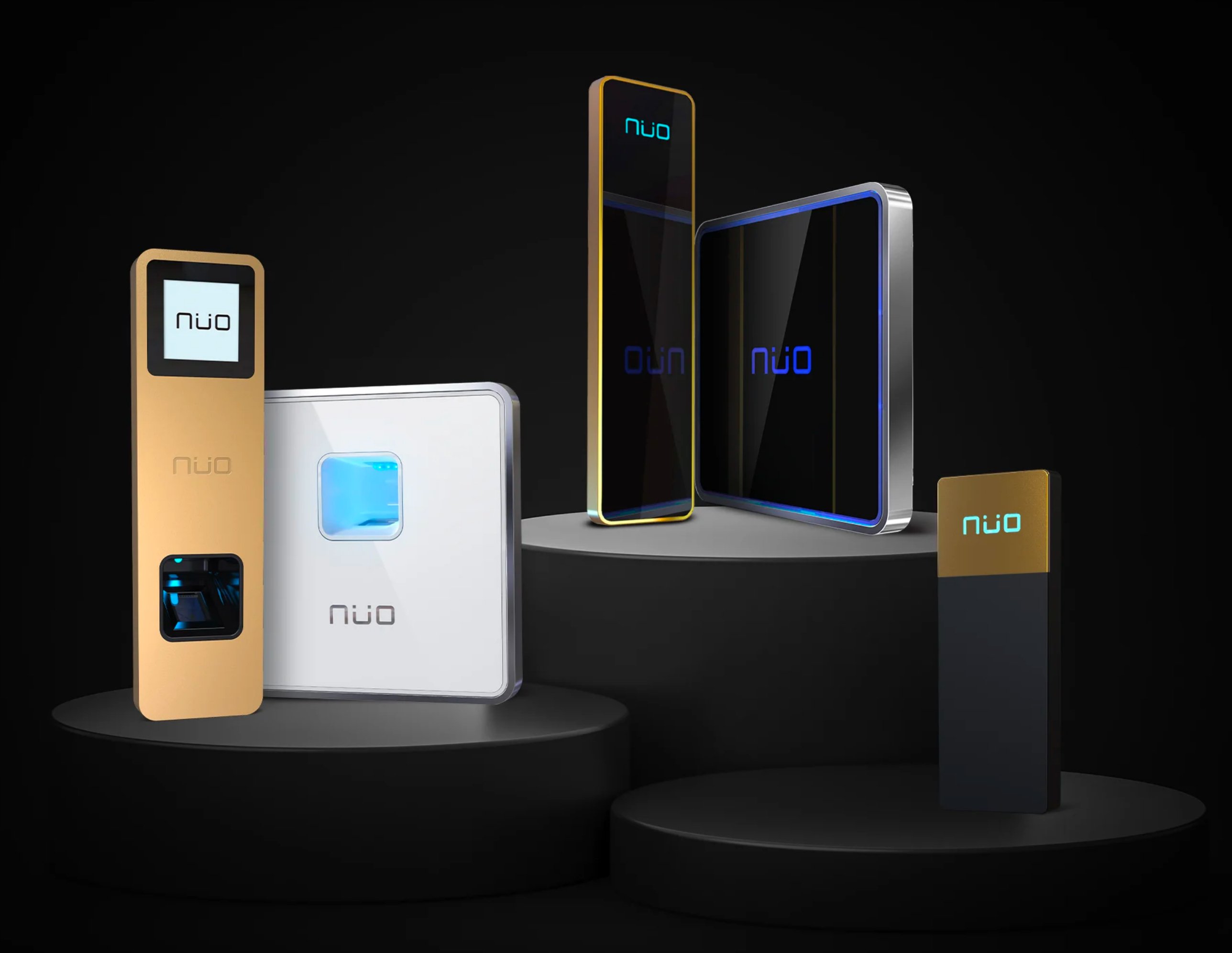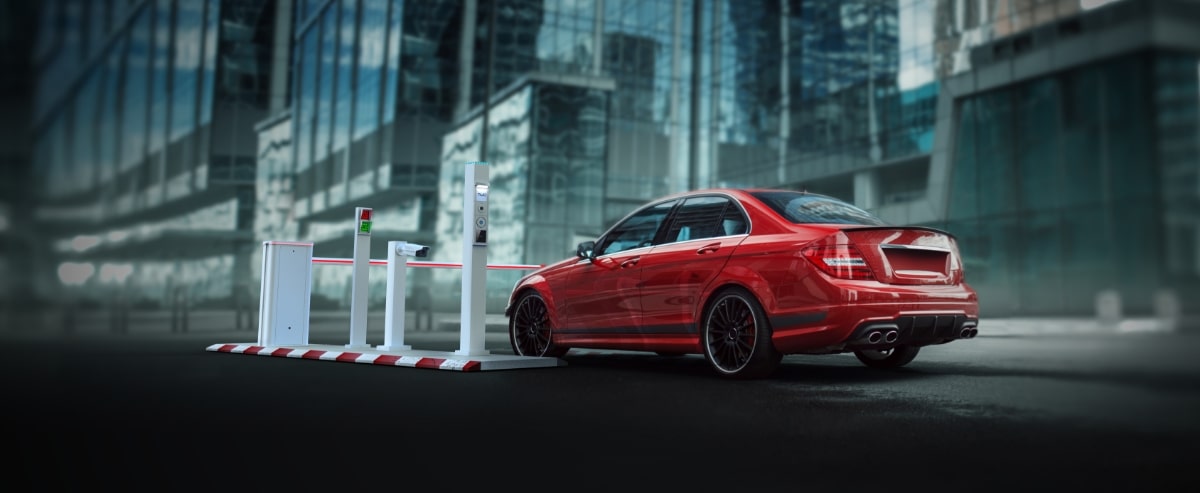Wearables, the most desired of 2015
What is a “Wearable”?
“Wearable” comes from “llevar puesto”, and it refers to all those digital devices we can carry on our body, which may be items of clothing, accessories or even small implanted chips. What makes these devices special is that they are in continuous interaction with us.
In these “wearables” devices we can read, write and store individual biometric features such as heart rate, the steps we have walked in one day and the corresponding calories we have spent and countless utilities that we will gradually adapt to our daily lives. Most wearables report their data through NFC (Near Field Communication), Wi-Fi, Bluetooth, and even RFID.
Almost without realizing it, this portable technology has been integrated into different ways: smartwatches, glasses, contact lenses, bracelets, rings, microchips implanted under the skin and all kinds of clothes.
What are these Wearables for?
The primary function of these devices is to make our life easier and more comfortable; the wearable technology comes in a broad range of sectors such as health, safety, sport, fashion, etc.
WEARABLES DEVICES AND APPLICATIONS
HEALTH
Dr. Parekh, in 2013, first used the Google Glass in an operating room. Since then he has used them to record and archive all surgeries in Duke hospital. Very soon, this pioneering surgeon intends to use the Google Glass to transmit his operations to hospitals in India as a way to train and educate orthopedic surgeons who live there.
The use of intelligent glasses, watches and headphones are the most popular wearables in the health sector. The smartwatches help nurses to control thoroughly and orderly their patients and their status.
The possibilities of this technology are numerous, imagine a doctor using Google Glass to scan a bar code associated with a patient, so you could access all of the patient's medical history immediately.
Recently news broke of the Spanish company Neurodigital Technologies is developing a tactile glove, the Gloveone, which can feel objects that are in a virtual reality. This glove has multiple applications in the field of medicine such as neurology and physical rehabilitation, always seeking to improve the recovery of patients through stimuli and sensations.
SECURITY
A story that has drawn much attention is that of a Swedish company that has decided to replace smart cards and passwords for access by a microchip implanted under the skin. Volunteers participating in this initiative will carry the device implanted in the wrist to communicate with RFID (radio frequency) with access controls such as his office door, lathes, restricted areas or control the elevator. Not all employees of the company agree with this measure, some are suspicious that these remote reading technologies can be a problem for the privacy of persons and surveillance.
In April this year Revolar was launched, a wearable device that handles personal security. With this small appliance, at a time of emergency, pushing the button incorporated will send a warning signal with your location to your loved ones. The highlight of this wearable is its magnificent design and small size allowing to hide under clothing being able to alert unnoticed by the attacker.
The US is one of the countries which is ahead in the implementation of these smart devices; several police departments incorporate wearable cameras to their agents. This way you can record the agents in conflict situations and have images of what happens. But here we open the debate on privacy, the police officers who go out with wearable cameras are recording everything that happens around them, they collect images of anonymous citizens who appear without their consent.
SPORT
The pioneers were in wrist wearables were FitBit and JawBone but since Apple submitted the Apple Watch, the revolution has spread and has made everyone wish to have one. The need for us to take an exhaustive control of our training sessions has led to major technology companies have developed specific devices. The most used are smart watches and bracelets.
Swimmo is a smart watch specifically designed for swimmers. When out of the water it is a smart watch with asporty look, but inside the pool, the swimmer is informed by vibration, when his rate increases or decreases. It will also alert to help keep the proper heart rate. It will also record the distance covered in swimming pools, yards or meters.
One of the last wearables for runners is Sensoria, socks with connected sensors that perform a thorough monitoring of the race gathering information on pace, distance and time of the runner. The object: run better, more and avoiding risks of injury.
FASHION
The potential of wearables goes beyond smart watches, bracelets or glasses.
During the annual meeting of developers, Google introduced Jacquard Project, which will enable designers and developers to createsensitive touch textiles connected with their products. Google on this project has associated with Levi's, one of the largest producers of denim clothing.
The idea is to place the wires in strategic areas of clothing so that it can send primary signals to the cell phone: touch to activate, state of rest or physical activity or even to detect weather changes.
The idea of where these advances can take us is not very clear, but it can be used both in clothes and furnishings and the possibilities are endless.
The call for Next Things 2015, “Conducta, el Cuarto Desafío Global de Arte y Tecnología” (Conduct, the Fourth Global Challenge of Art and Technology) joint call for Telefónica I+D, company of research, development and innovation of the Telefónica Group, and LABoral. The winning project was a smart dress which measures the aggressiveness of the environment (noise, temperature, ultraviolet radiation, amount of carbon monoxide, ...) to analyze how all these factors can influence on mood and behavior of people.
Having analyzed the data collected by the sensors housed in the garment, response profiles are created. For example, when the application detects a very high level of ultraviolet radiation or a high concentration of carbon monoxide in the garment, it will return a response to the dress' user that will be displayed by lighting changes. Thus, the wearer of the suit will be warned that some external agent is disturbing him.
In the last edition of the Mercedes-Benz Fashion Week Madrid, it was presented the prize-winning collection “Samsung EGO Innovation Project”, worth 10,000 euros, which selects projects that integrate technology.
The winning project is called Masdar Coats, designed by Rubén Gómez, inspired by the concept of thesmart city. It has seven intelligent garments that are part of everyday life and allow us to be always connected. The collection consists of 7 technological garments including jackets that become tents that are connected. To make garments technical fabrics have been used as the resinated nylon, mesh or Gore-Tex. Also, they have been equipped with speakers to listen to music, with the possibility to be hands-free and with light.
With all this data, we can say without a doubt that the market of wearables is growing rapidly and will continue to surprise us with the most amazing applications we can imagine.
Escrito por: NÜO Planet
Categorías: Technology






